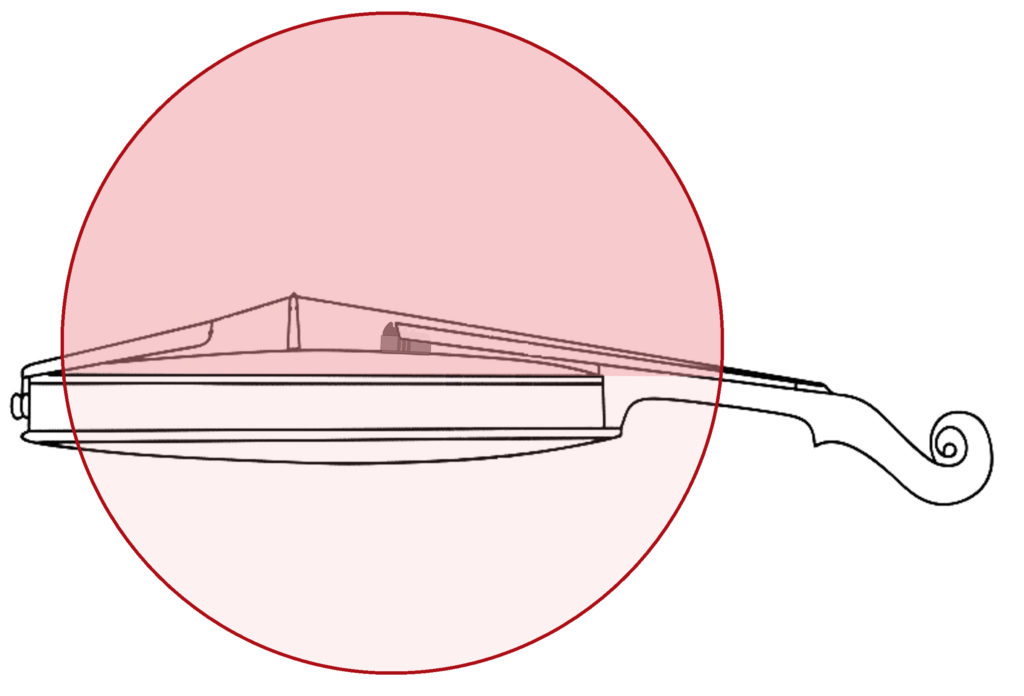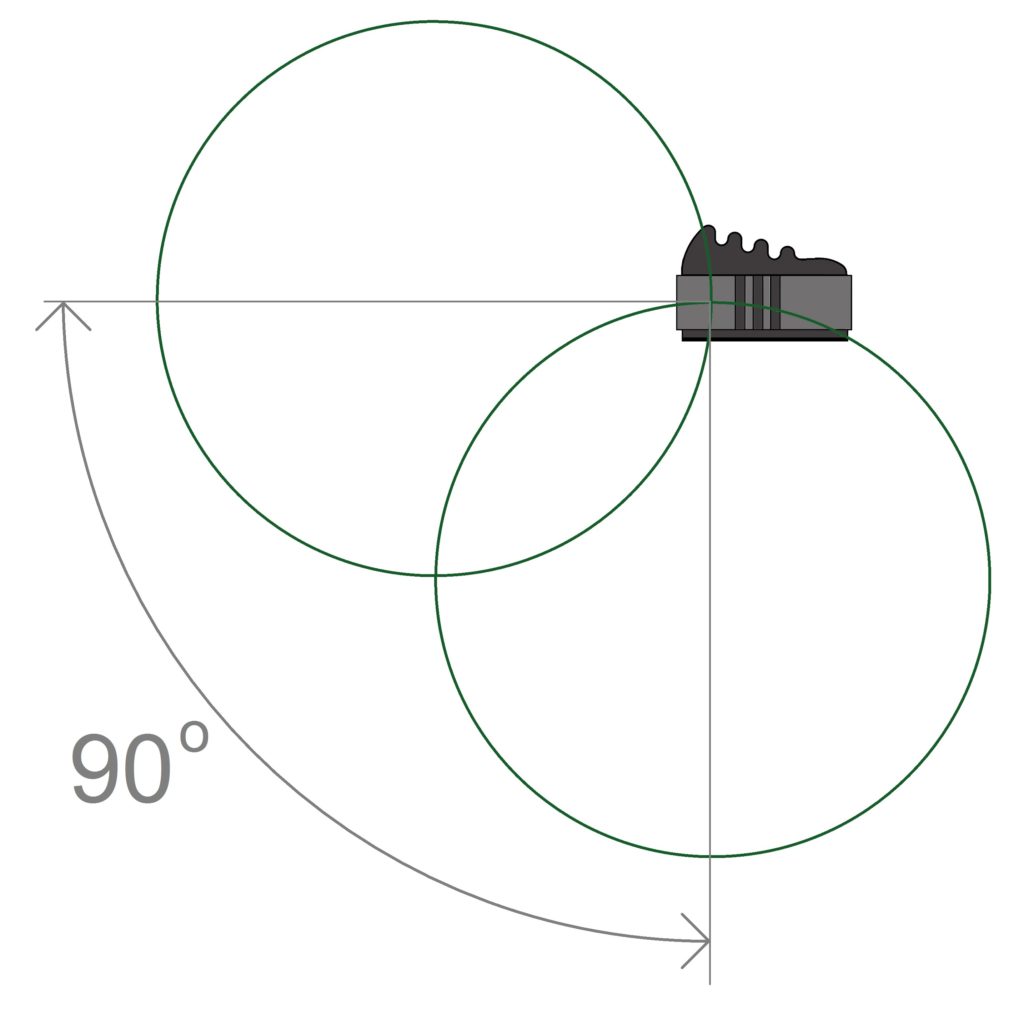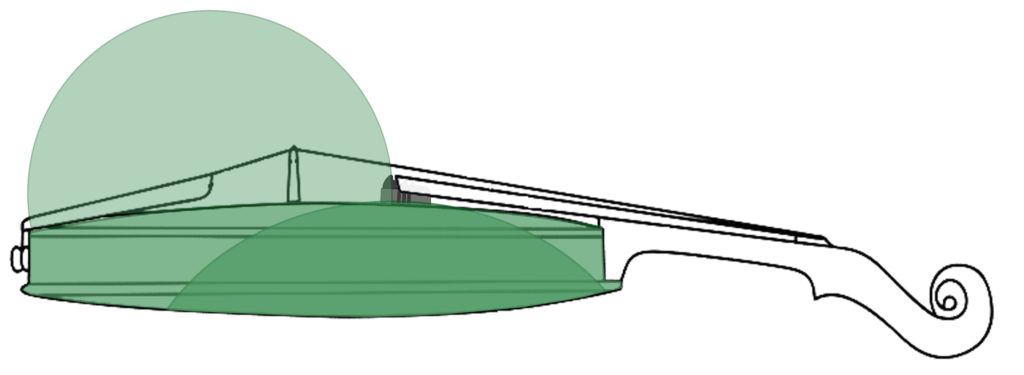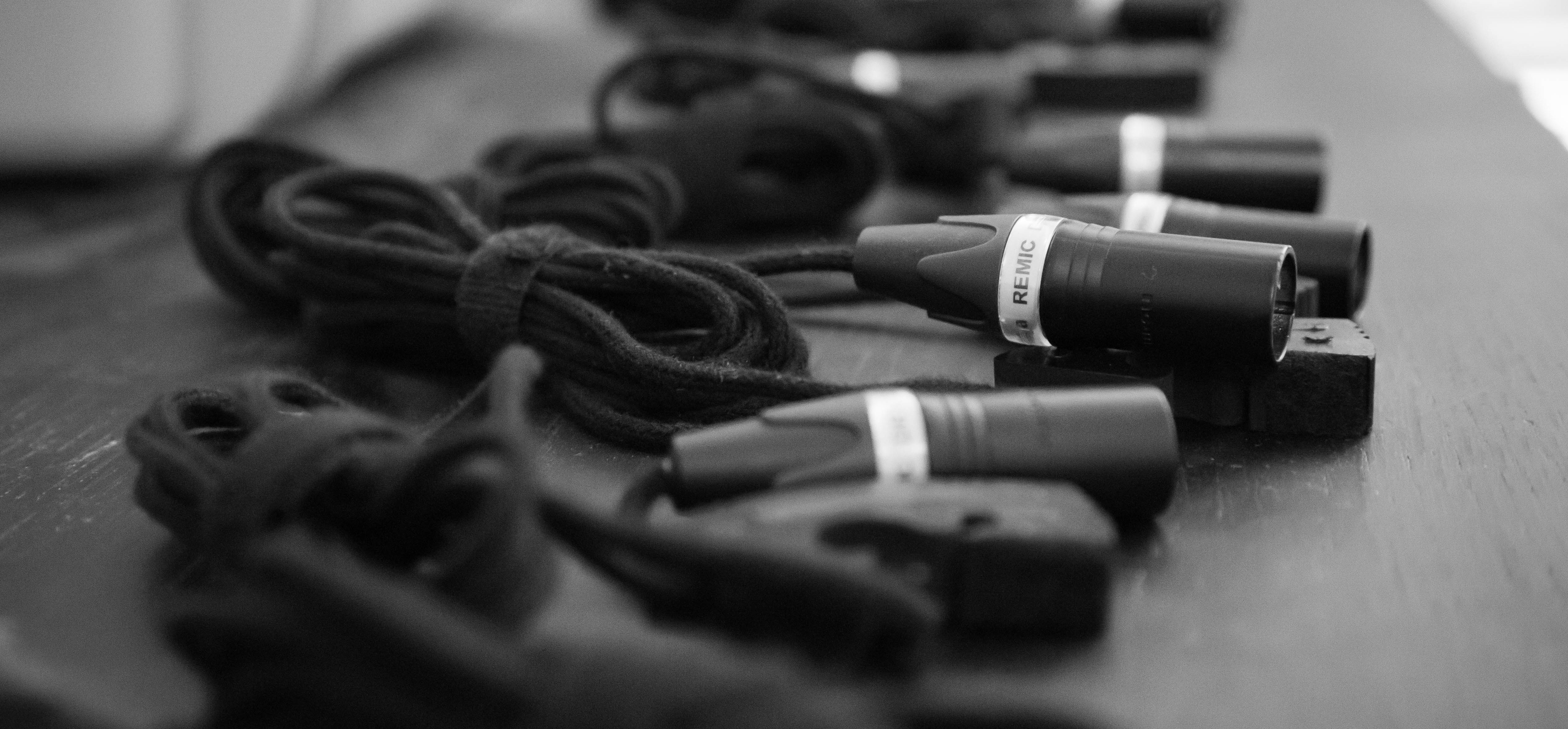Studio/Live vs. LB Extreme Live Models
The REMIC (RED) studio/live model has an omnidirectional polar pattern and a moderate level of ambient suppression. However, the REMIC studio/live model can also be used in live context, where the sound of the instruments has to be “lifted” just a bit. e.g amplification of a symphony orchestra, classical string quartets, ensembles or jazz.
More information: https://www.remic.dk/news/the-astonishing-art-of-sound-reproduction/
The REMIC (GREEN) “LB” model has an angled figure eight polar pattern and is designed for “extremely loud” live performances, such as folk-rock, pop, rock and metal. It is designed to suppress a large amount of ambient noises and the polar pattern of this model mounted on the instrument is unidirectional and more specific: An angled figure eight within the reach of the soundboard area – outside this area the polar pattern becomes omnidirectional. This model is designed for live productions with high level of sound pressure on stage and has an astonishing high gain before feedback as well as extreme suppression of neighbor instruments and ambient noise.
Please note that the sound response of the “LB” models are more “dry” and “woodish” in comparison to the “Studio/Live” models due to their high ambient suppression factor, but the LB models can easily be EQ’ed for best results.
More information: https://www.remic.dk/news/the-astonishing-art-of-sound-reproduction/
The REMIC (GREEN) “LB” model has an angled figure eight polar pattern and is designed for “extremely loud” live performances, such as folk-rock, pop, rock and metal.
This model is designed for live productions with high level of sound pressure on stage and has an astonishingly high gain before feedback as well as extreme suppression of neighbor instruments and ambient noise.
The sound response of the “LB” models is more “dry” and “woodish” in comparison with the “Studio/Live” models due to the high ambient suppression factor. The LB models do require EQ-ing, whereas the studio/live models can be used with basically no EQ-ing.
More information: https://www.remic.dk/news/the-astonishing-art-of-sound-reproduction/
The REMIC Studio/Live model for violin, has an omnidirectional polar pattern. However, when mounted on the instrument (in this case a violin) the polar pattern becomes half spherical. The darker color on top of the instrument indicates that most of the instrument sound is captured of of this, the upper part).

The polar pattern of the REMIC “LB” Live (Extreme) model is an angled figure eight (in free air).
The front of the membrane of the REMIC “LB” model captures the movement of air molecules generated by the friction between strings and bow and the top of the soundboard (belly) of the instrument, (illustrated in light green).

The rear part of the membrane inside the REMIC “LB” model, captures the sound of the instrument by capturing the movement of air molecules from the soundboard only, via the acoustic channel ending up underneath the microphone. The darker green color illustrates the part of the violin of which the sound is captured by the bottom of the REMIC “LB” model.
This way the REMIC “LB” models captures approx. 80% of the sound from the body of the instrument via the belly and approx. 20% of the sound surrounding the instrument.
More information: https://www.remic.dk/news/the-astonishing-art-of-sound-reproduction/

D5400/LB series vs. D5401/LB series for concerto bass
The difference between our D5400 / D5400LB microphone series for double bass and the D5401 / D5401LB for concerto bass series is purely the height of the microphones.
The D5400 studio/live and the D5400LB extreme live microphones for double bass have a height of 80 mm.
The D5401 studio/live and the D5401LB extreme live microphones for concerto bass have a height of 95 mm.
Recommended placement of the bass microphones is under the tailpiece (string holder). Alternative placements are: under the fingerboard or under the bridge.
Built-In Windshield
Choosing the variation with the built-in windshield will not change the quality of the microphone in other performance contexts.
The built-in windshield is designed to drastically reduce wind noise in open air performances. The windshield is placed inside the microphone and is therefore invisible and non-removable. With the built-in windshield option, you do not need to add any other windshields to your microphone. Around 75-80% of our customers buy our strings microphones WITH the built-in windshield. We recommend the built-in windshield as it is an extra added feature at no extra cost.
Warranty
Please visit our page with terms and conditions to see more about our warranty and service: https://www.remic.dk/terms-conditions/
Recommended Preamps
The ultimate (stand alone) preamp for any of the REMICs, are the FELiX from Grace Design:
https://gracedesign.com/products/ instrument-preamplifiers/felix/
Using your Smartphone with a REMIC MICROPHONE
From 2020, we saw a lot of new solutions showing up in the market to connect professional microphones to smartphones to make it easier to record with the gear that most people already have. This makes it possible for artists to record great videos with professional sound in a very easy way.
We recommend the iRig solutions to connect a REMIC MICROPHONE to your smartphone. Please note that you need the iRig Pre which has a preamp with phantom power. The REMICs need 48 V phantom power, no less than this.
iRig Pre:
https://www.ikmultimedia.com/products/irigpre/
iRig Pre 2:
https://www.ikmultimedia.com/products/irigpre2/
iRig Pre HD with higher sampling rate and bit rate 96KHz/24bit:https://www.ikmultimedia.com/products/irigprehd/
Phantom Power
Yes, all REMICs are based on a condenser microphone element designed for 48 volt of Phantom Power (VPP). The VPP can be provided by either a preamp, mixing console or an external power supply, like the Radial SB-48UB: http://www.radialeng.com/
product/sb-48
Muting a REMIC microphone on Stage
Depending on the situation in which you are playing, there are several solutions for getting 48 volt phantom power and at the same time having the possibility to mute the mic so you can tune your instrument on stage.
1) If you are using a transmitter, or intending to buy one, there should be a mute switch on the transmitter. That would be the easiest solution.
2) If you are cabled, the easiest and most pricey version is to get a small mixer, preferably analogue that delivers 48 volt phantom power. If you have this mixer close to you, you can switch off your channel, and in this way you are muted to the audience.
There are also some more advantages in this solution (mixer):
a) You will have some simple filters to adjust the sound, if you like. Some mixers have even some effect processors.
b) The output of the mixer will have a line level. In this way, your signal to the FOH mixer is much more stable and will have less danger of picking up disturbing electrical noises, like from lights etc.
c) If you get one with USB output, you can even use it for recording purpose. Latency should be OK in modern mixers. If you are not happy with any latency, you should go for a pure analog version.
There are simple mixer solutions from many companies. These mixers have a variety of price levels depending on your budget. The small mixers are priced at EUR 100 or less and will not have a superb sound quality like a EUR 100,000 mixer. However, for live mixing purpose, just to pass through the signal, the small mixers are OK.
You can check those mixers at any dealer of your choice.
Suggested options:
Rolls MS 111: https://rolls.com/product/MS111
“HOTSHOT 48V” from Radial: https://www.radialeng.com/product/hotshot-48v
Usability
Rosin can be carefully removed from the surface of the REMIC by the use of a swab containing n-heptane or xylene (Xylol). N-heptane and Xylene do not harm the microphone or instrument, and are often used by luthiers.

